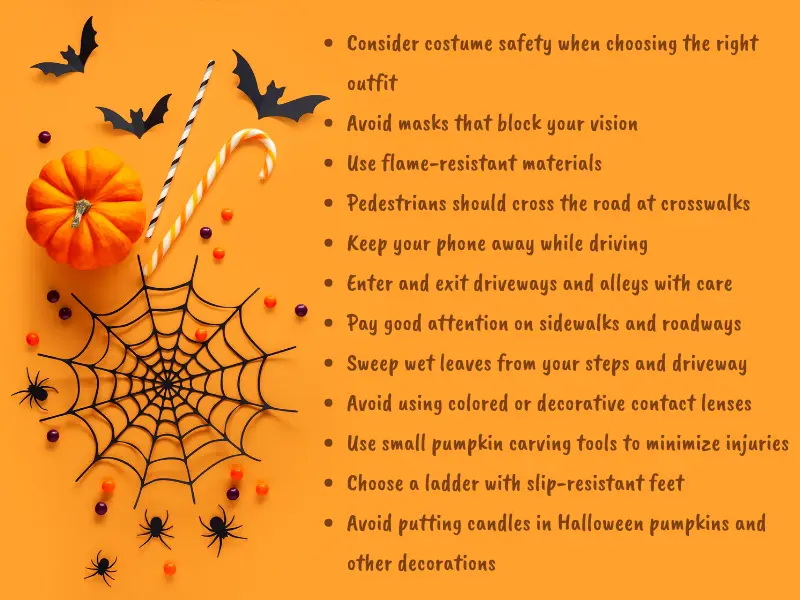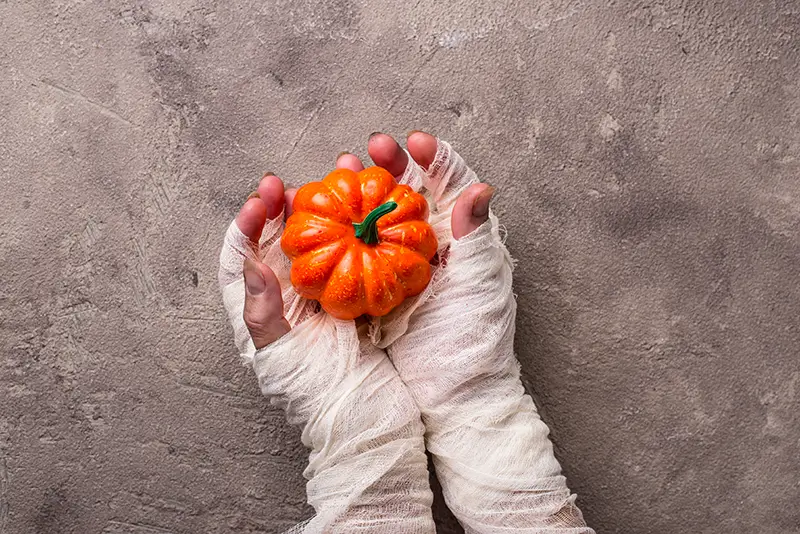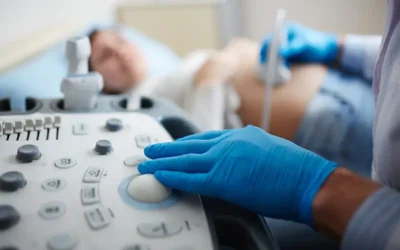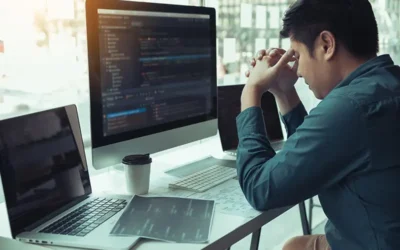So, Halloween is here. Kids as well as elders are now eagerly waiting for one of the most exciting nights of the year. Halloween celebrations include dressing-up as their favorite character, going from door to door trick-or-treating with their friends, family reunions and more. However, injuries and road accidents are also common during this event. Pumpkin carving is the leading cause of injuries associated with Halloween, according to the U.S. Consumer Product Safety Commission. More than one-quarter of Halloween-related injuries included cuts, ingestions and costume, pumpkin or decoration-related injuries, and there were nearly 2,700 injuries involving trips and falls. Most Halloween-related injuries require an ER visit, and diagnosis and treatment provided by emergency departments can be documented with support from professional medical coding companies. Professional companies can help emergency departments reduce claim denials and ensure timely payment from payers.
Coding Common Halloween Injuries
Injuries that may occur may range from minor to severe. The most common injuries that occur in Halloween accidents include:
Burns
- T30 Burn and corrosion, body region unspecified
- T30.0 Burn of unspecified body region, unspecified degree
- T30.4 Corrosion of unspecified body region, unspecified degree
Slip, trip, and fall injuries
- W01 Fall on same level from slipping, tripping and stumbling
Concussions
- S06.0 Concussion
Broken bones
- M84.4 Pathological fracture, not elsewhere classified
- M84.40 Pathological fracture, unspecified site
Food poisoning
- T62.9 Toxic effect of unspecified noxious substance eaten as food
Injuries from traffic accidents
- V89 Motor- or non motor-vehicle accident, type of vehicle unspecified
- V89.0 Person injured in unspecified motor-vehicle accident, non traffic
- V89.1 Person injured in unspecified nonmotor-vehicle accident, nontraffic
- V89.2 Person injured in unspecified motor-vehicle accident, traffic
- V89.3 Person injured in unspecified nonmotor-vehicle accident, traffic
- V89.9 Person injured in unspecified vehicle accident
Eye injuries
- S05 Injury of eye and orbit
- S05.0 Injury of conjunctiva and corneal abrasion without foreign body
- S05.01 Injury of conjunctiva and corneal abrasion without foreign body, right eye
- S05.02 Injury of conjunctiva and corneal abrasion without foreign body, left eye
Puncture injuries
- S91.33 Puncture wound without foreign body of foot
- S91.331 Puncture wound without foreign body, right foot
- S91.332 Puncture wound without foreign body, left foot
- S91.339 Puncture wound without foreign body, unspecified foot
Other most common causes of Halloween injuries are – traffic accidents caused by distracted driving, drunk driving-related accidents, poisoning, slip and fall accidents, costume accidents, and pedestrian accidents. Even face paint allergies can cause injuries. Food allergies can also occur during trick-or-treating.
Spooky Halloween-themed ICD-10 codes
- A28.1 Cat-scratch disease
- W22.02 Walked into lamppost
- X99.2 Assault by sword or dagger
- W27 Contact with non-powered hand tool
- R44.0 Auditory hallucinations
- R44.1 Visual hallucinations
- F51.5 Nightmare disorder
- R46.1 Bizarre personal appearance
- T78.01 Anaphylactic reaction due to peanuts
- Y08.01 Assault by strike by hockey stick
- Y93.D Activities involving arts and handcrafts
- Y04.1 Assault by human bite
- W31.8 Contact with other specified machinery
- Z62.891 Sibling rivalry
Tips for a Safe Halloween
As Halloween is fast approaching, there is only short time to plan some best practices that can avoid any consequences. 
Happy Halloween! Stay Safe!




